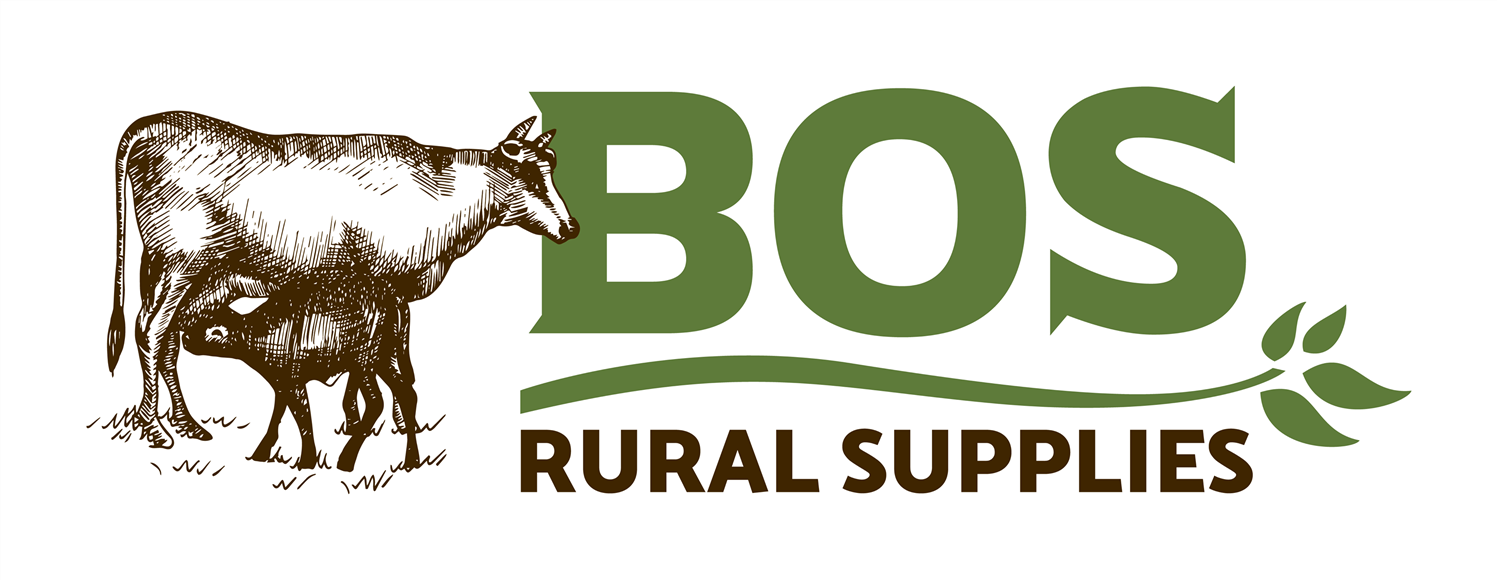
BOS Rural Supplies
Specialists in non-chemical production
ABOUTAt Bos Rural Supplies we believe food can be produced without poison. We uniquely service the Organic and regenerative ag market across four states having eliminated synthetics and chemicals instead developed a knowledge bank for non-chemical production. At our Kandanga Farm Store, we not only promote and showcase the food our farming customers produce at an on-site Café, but also have the attached Certified Organic Kandanga Farm where Agventions are tested and trialed prior to market introduction. All staff are trained in various aspects of holistic management, livestock, crop and human health (as all are linked) forming the backbone of our unique rural supply offering.
BOS Bag
BOS BAGS are an example of how we used two existing technologies- dustbags and an on-label contact insecticide powder, to successfully address a major external parasite problem – Buffalo Fly. Since 2016, we have sold BOS BAGS on-line and through a network of great local rural supply stores nationally. With Absorbacide being a certified organic (NOP) input, that is convenient and economical to use (as little as 3c/hd/day) with the bags, uptake by both Organic and Conventional beef producers has been staggering.
BOS BAGS are entirely Australian Made by local (regional) Mary Valley businesses. Bos Rural is Australian family owned.
Buffalo Fly is widely touted at a $100M problem in the Australian Cattle Industry. Like Ticks, however this figure is more due to the chemical control costs than lost production.
Actual production impact on cattle only occurs when fly populations exceed about 100/side (depending on the data source you look at). Control measures should aim at keeping fly levels below 100/side for the entire fly season. Total elimination is generally not a realistic goal.
Buffalo fly (horn fly) move around the body during the course of the day- they also fly between animals and between herds; It is not necessary therefore to totally cover every animal in treating fly when using fly control products that kill on contact (as opposed to "repellent" oil options on backrubbers where every animal needs protection).
Fly can travel kilometres, in "waves" that may take some days to control- give it time! Fly lifecycles mean 3-weekly exponential population increases may occur when conditions are right. Barbed wire doesn't generally inhibit fly movement.
Buffalo fly (horn fly) breed in the dung so any measures of direct control like dust bags, ideally should be combined with management techniques that encourage large dung beetle populations and increase animal impact to . Any treatments that have side-effects on beetles or larvae must be avoided to increase dung-beetle effect. Namely systemic anti-parasitic pour-ons, injectables, sprays and tags generally ALL have some effect on beetles. Some have limited claims around some species of dung-beetles at some stages of lifecycles- but read the fine print.
Healthy, climatically adapted stock have more resilience to parasite attack. Good animal nutrition is imperative. This may be enhanced with paddock rotation and a balanced diet including elements such as sulphur.
Non-chemical, contact insecticide measures typically are cumulative in their effect- the longer and more they are used, the better their effect. Unlike chemical treatments where resistance is a threat, the earlier in the season BOS BAGS are introduced, the better the effect. Absorbacide dust that is often used in BOS BAGS is not able to have resistance built up against it and there is no adverse effect if stock ingest it. (In fact some people treat internal parasites with DE). The down-side is there is little or no residual effect in most non-chemical treatments meaning on-going application is necessary – making a BOS BAG an ideal application method.
Dust use rates will vary depending on the level of infestation, type of stock and weather. 1 bag should be used per 50 head of stock and monthly refilling may be required (4kg/fill) for this number.
Bags should be hung early in the season before any fly is noticeable and should be left up for the entire season. Hang horizontally by inserting 40NB pipe or similar through the top and place an appropriate number of bags in high-traffic areas initially. Hang 6-8 inches lower than shoulder height and within reach of calves if in a breeder herd. A new re-enforced design means the refillable bags are now more resilient to multi-season use.
The Absorbacide DE used in Bos Bags is an Amorphous Silica (rather than a crystalline silica – like asbestos) being totally safe to handle and apply. AS it is a dust and dust can irritate, treat Absorbacide accordingly. Do not use lower grades of DE as particle size has a direct impact on the success of the treatment.
Contact: (07) 5484 3771
Further information visit the website here and follow on Facebook here.

Reusable dustbag for chemical free insect treatment for livestock applications. Bos Bag plus 4kg Certified Organic Absorba-Cide (also available separately).